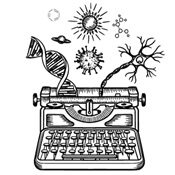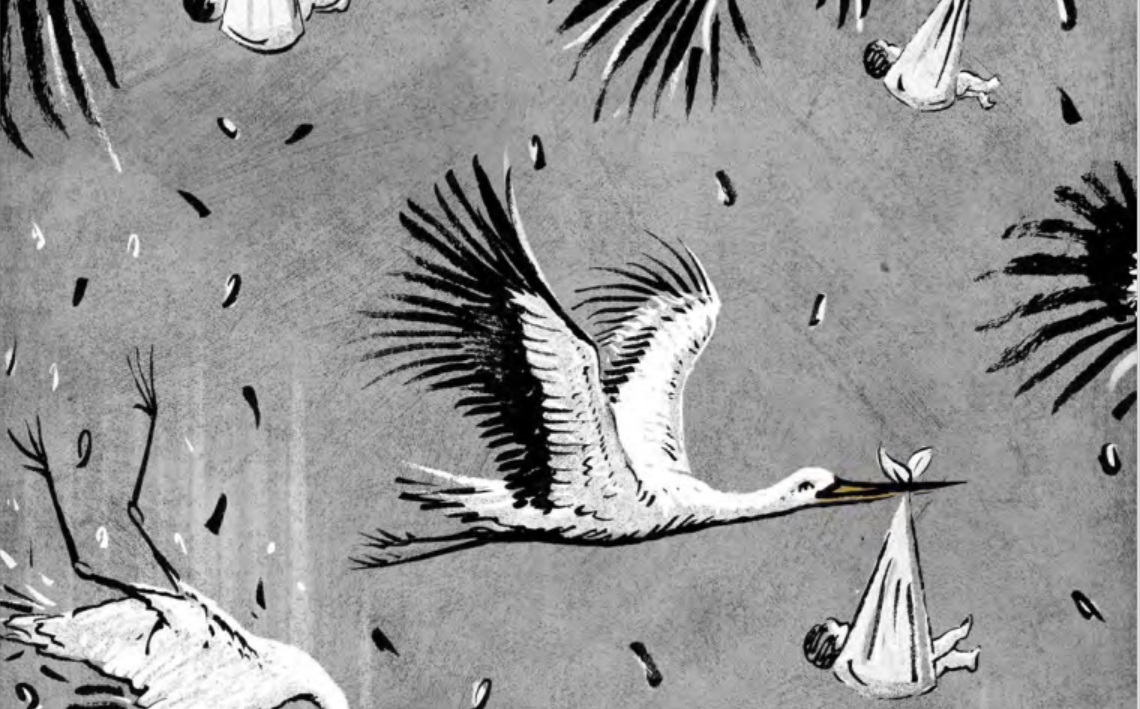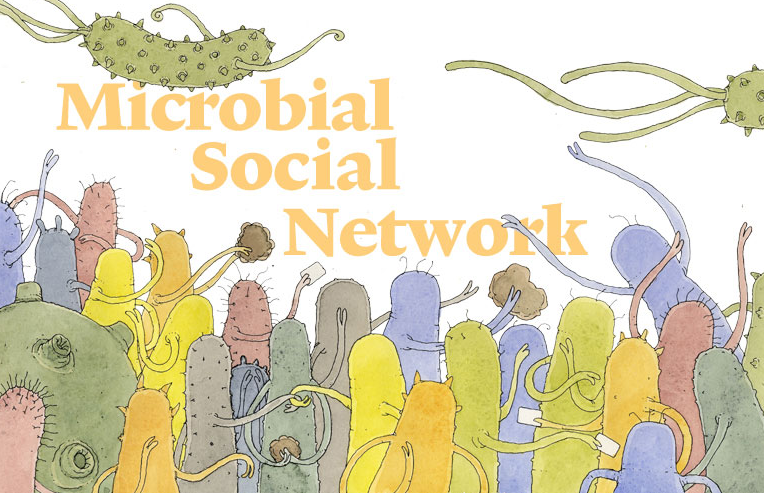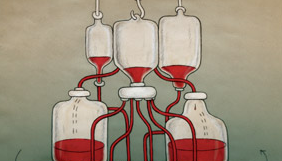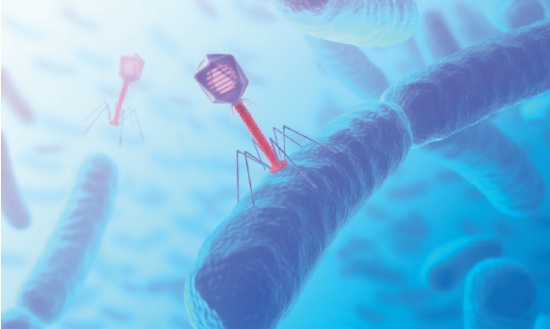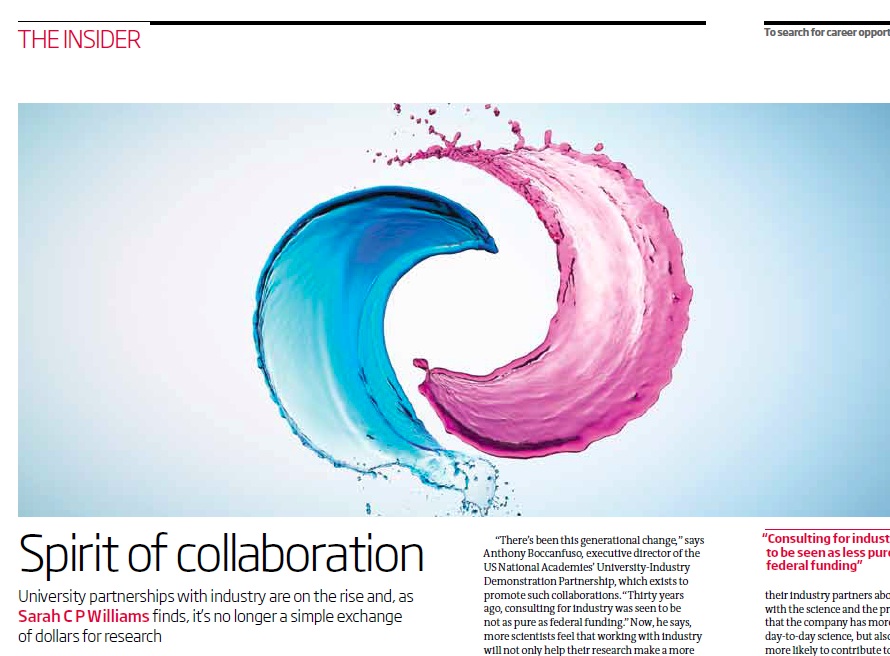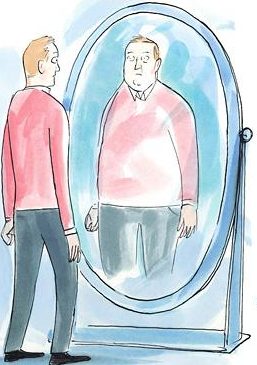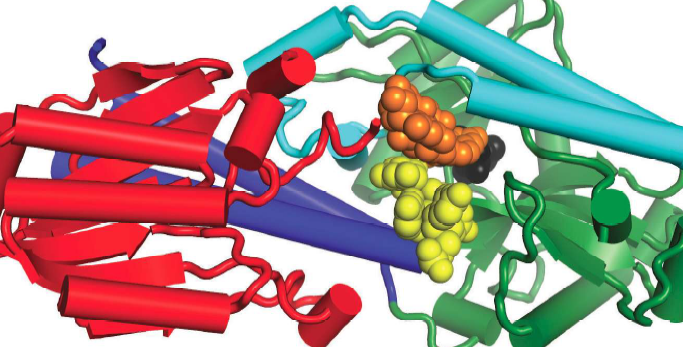Gone Too Soon: What’s Behind Infant Mortality Rates?
Stanford Medicine / Fall 2013 / If a pregnant woman rushes into a hospital with labor pains, one of the first questions she’s asked is how long she’s been pregnant. If the answer is much less than the usual nine months, then the normal course of action — wheeling the soon-to-be mother to a labor …
